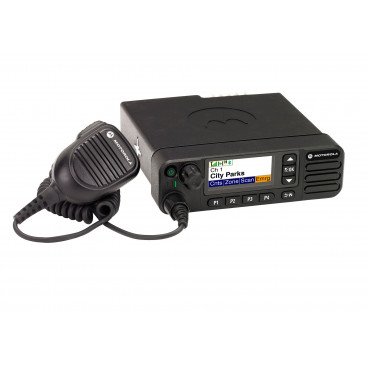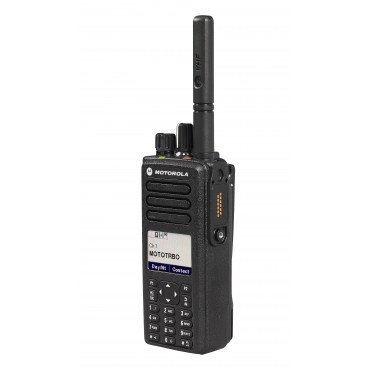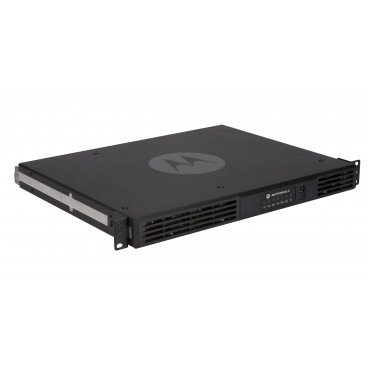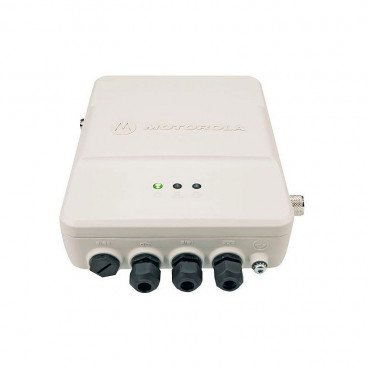Mobile complex communication and control
MOBILE SOLUTION HELPS RAPID RESPONSE TEAM
MOTOTRBO™ Workstation Dispatcher System for Ukraine Power Plant Crisis Communications
An integrated, vehicle-based solution was developed by local partner, the RCI Group, using MOTOTRBO™ digital two-way radio technology, Motorola’s MW810 Mobile Workstation and a dispatcher application, VITEX®TRBO developed by group company, Asko IT.
Local rescue teams can now be monitored and managed using the dispatcher software while vital data can also be sent to control centres, both in-vehicle or remotely. This is done via an existing nationwide analogue radio network or alternative communications media - such as GSM (GPRS) or satellite - should the need arise.
THE CHALLENGE
The Ukraine is heavily dependent on nuclear energy for its electricity needs and maintains 15 reactors at five nuclear power plants situated hundreds of kilometres apart across the country.
The SS ETC’s role is to ensure the country is prepared for quick and effective action in the event of accidents at nuclear power and industrial operations in accordance with the international obligations of the Ukraine and the requirements of the International Atomic Energy Agency (IAEA).
One of SS ETC’s most pressing needs was a solution which would provide vital mobile communications for rapid response teams investigating a potential crisis at the country’s power plants. The challenge, however, was providing a total solution which was not reliant on one particular communications network or media and was able to work across the entire country. It would have to be robust, reliable and flexible enough to perform in extreme field conditions and temperatures and would have to contain its own power source for continuous operation.
In addition, the need to track and communicate with field personnel would require a dispatcher application which would integrate with the system to enable individual and group calls, offer text messaging and provide GPS-based location data
THE SOLUTION
The integrated system - including an on-board, redundant power supply - is designed to be housed inside all-terrain vehicles and comprises:
- A MOTOTRBO system for voice and data communications between response team members on site. It delivers excellent audio quality, has GPS capability and is easily expanded to suit specific requirements. A repeater can also be rapidly deployed to extend the communication range.
- A Motorola MW810 mobile workstation - an advanced, rugged, vehicle-mounted computer that provides reliable, secure wireless connectivity and computing power for these types of mission-critical applications. It supports multiple internal radios for seamless multi-network roaming and provides reliable connectivity even when mobile.
- VITEX®TRBO dispatcher software - operating in either individual or group call mode, it provides functionality such as digital signalling for remote monitoring and control of radios, text messaging, voice recording and visualisation of location data.
So how does it work? In the event of an emergency, a unit will be dispatched to the site whereby teams equipped with MOTOTRBO radios will be in constant contact with the team leader in the vehicle. All team monitoring and management is coordinated via the MW810 workstation (with dispatcher software) and vital data can be relayed to SS ETC’s main control centre in Kiev using the available media, including HF, GSM or satellite. The satellite links can also be used for webcams and on-line video conferences with the central office.
THE BENEFIT
With the independent integrated mobile system, the SS ETC can now provide reliable communications to response teams in the field and links to remote control centres. It also features built-in software which enables it to take advantage of local WiFi and public networks while having the ability to select the best available communications media when needed.
By choosing the MOTOTRBO system, the SS ETC not only has a cost-effective, flexible and expandable digital radio network but a sophisticated, yet robust platform on which to develop applications to further enhance its operations.
The dispatcher system has bolstered communications among team members which has resulted in better co-ordination and management while GPS technology provides location data for the tracking of personnel using on-screen mapping. These features allow teams to be deployed more efficiently while helping to maximise personnel safety.
Product Name:
- MOTOTRBO with DR3000 repeater system
- Motorola DM3400 mobile and DP3401/DP3601 portable radios
- Motorola MW810 Mobile Workstation
- VITEX®TRBO dispatcher software
To assist teams addressing potential crises at nuclear power plants across the country, the Ukraine’s emergency and technical centre (SS ETC) has commissioned an all-terrain mobile emergency and rescue communications solution that can operate independently, using multiple communication technologies. The SS ETC is a division of the state enterprise National Nuclear Energy-generating Company (Energoatom).
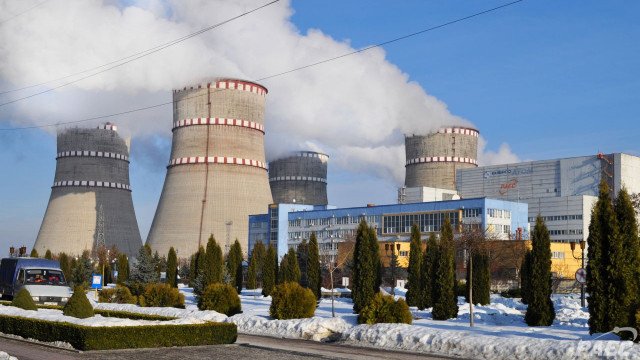
13 March 2019
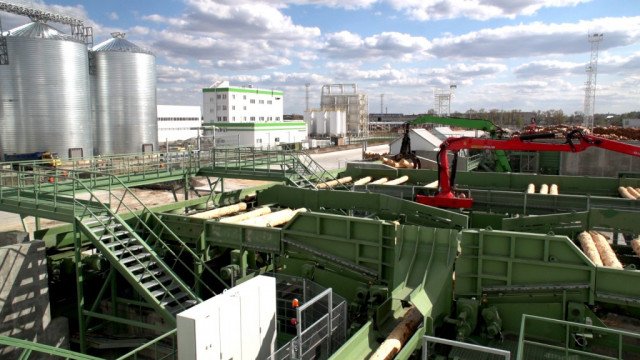
19 March 2019
